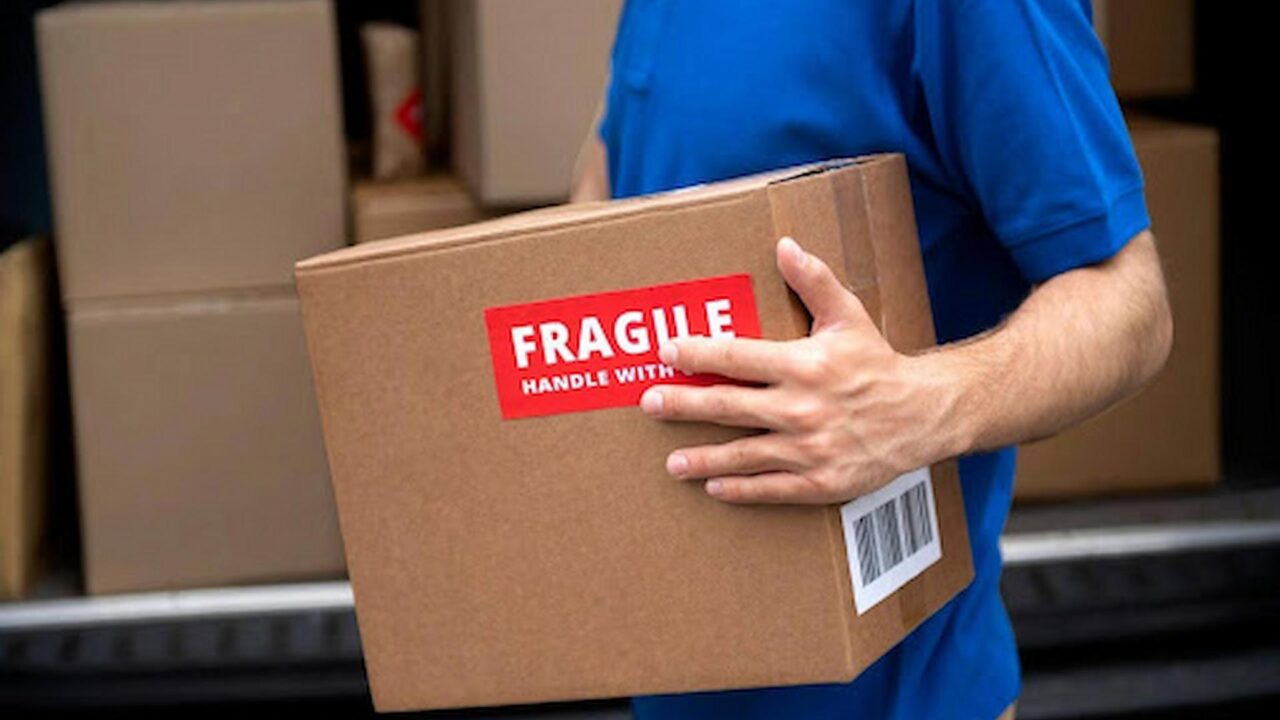To the vast majority of people, a forklift truck is an undifferentiated piece of equipment used mainly for lifting pallets. However, scrape beneath the surface a little and you’ll find that there’s a bit more to it than that. There are different forklifts for different tasks, and in fact their designs and specifications can vary quite dramatically.
The most common variety of forklift truck is the counterbalance, which conforms most precisely to most people’s vision of what a typical forklift truck looks like. The forks project from the front and there are no arms or legs sticking out of the sides, so the truck can be precisely manoeuvred into tricky spaces.
Counterbalance trucks can be powered by gas, electricity or diesel and many of them incorporate a mass tilt facility, driver cab or sideshifts. They’re also the most common to be found on the used forklift truck market.
A counterbalance forklift, as implied in the name, has a counterbalance weight at the rear which offsets the load being carried by the arms at the front. The battery in an electrically powered machine acts as ballast as well, so a smaller counterweight is needed.
3-wheel counterbalance forklifts
These are similar to regular counterbalance forklifts but are more manoeuvrable because they include a single drive wheel at the centre of the rear end.
These machines are particularly suited to operate in difficult or small spaces as they can be driven in very tight circles. They are also very useful for racking loading applications, where their manoeuvrability and under-clearance of the counterbalance are crucial to productivity.
Reach forklifts
Reach forklift trucks are ideal for use in a warehouse situation, as they have good manoeuvrability and enhanced lift height for loading, offloading and stacking. The fork can reach beyond the legs into the racking, hence the name, and they specialise in lifting up to 10 metres in work environments that are often very tight.
A counterbalance weight is unnecessary in a reach forklift because the batteries and legs provide all the necessary stability. The cab often incorporates a tilting mechanism for driver comfort, whilst some manufacturers have an open overhead guard designed in to make this unnecessary.
Cameras are often fitted into the fork carriage and send information to a screen inside the cab to help with navigation. Wired systems are more reliable than unwired ones in this connection as outside interference by the likes of broadband routers can interfere with a Wi-Fi signal.
Hand pallet forklifts
These are non-powered and used for shifting palletised loads. They are also called pump trucks and have a simple operation. The handle in the cab is, as the name suggests, ‘pumped’ to raise the load. The front wheels on this type of forklift are mounted in the ends of the forks themselves, with the front wheels separating from the forks as the jack is raised, thereby forcing the load up.
Powered pallet forklifts
These are similar to hand pallet forklifts but driving and load lifting are powered by a motor. There’s usually a paddle control for changing direction, and a button to work the forks vertically.
Sideloader forklifts
These pick the load up from the side rather than from the front. They are for handling especially long or wide loads that would unbalance a standard forklift, and are particularly useful when working with timber, sheets and piping. However, they are rather inflexible outside of these specialist applications and are usually unsuitable for general lifting jobs.
Author Bio: David Elliott writes regularly about commercial lifting machinery for a range of websites and blogs. He advises manufacturers on industry standards and safety regulations and regularly researches using trucksdirectuk.






